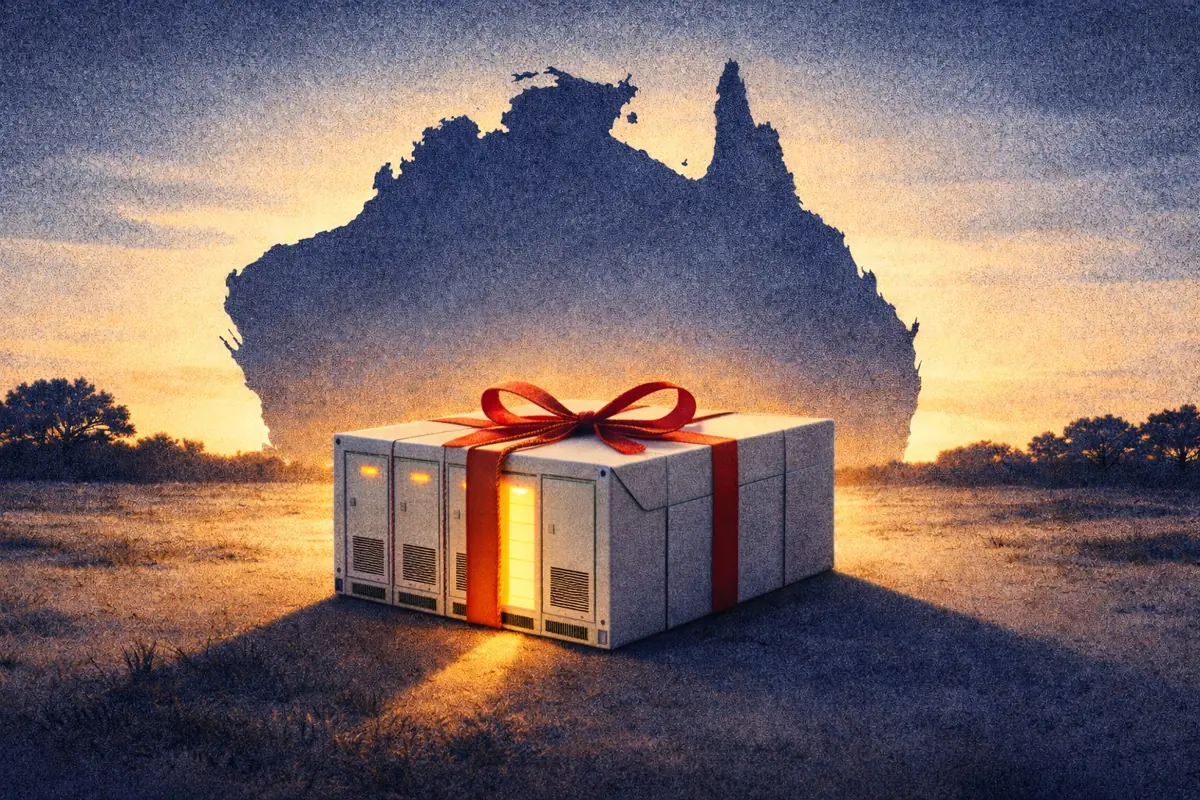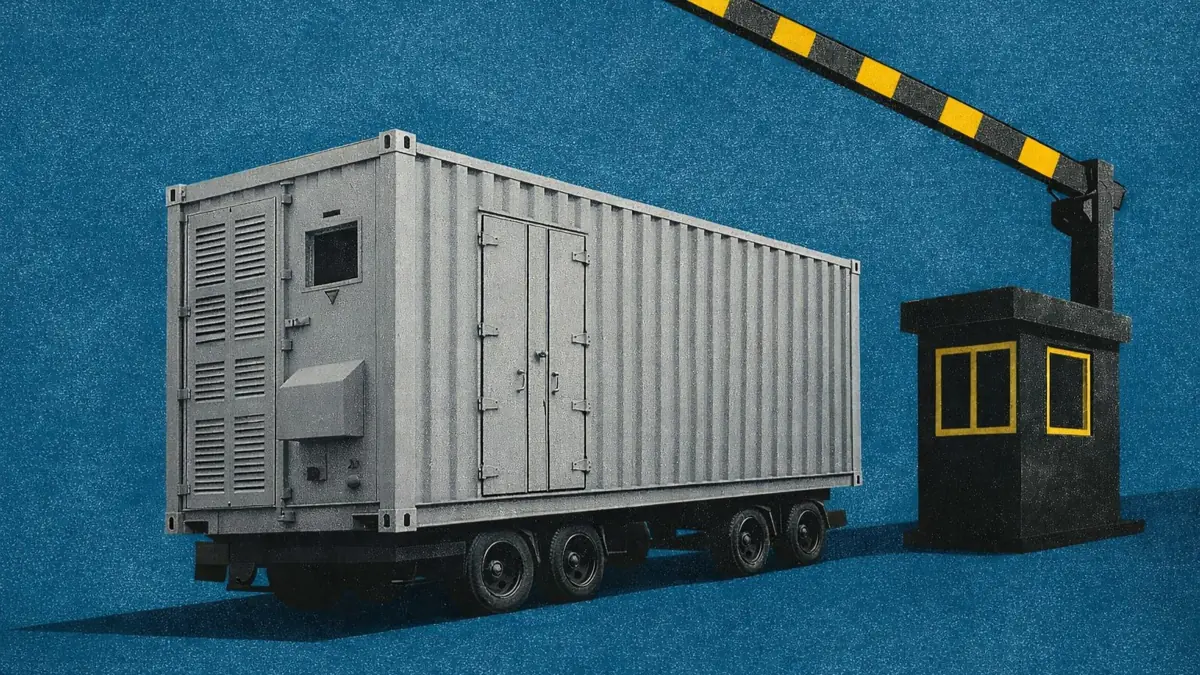Big BESS: How do revenues compare for batteries above 300 MW?
Executive Summary
- The average size of GB battery storage projects has increased by 70% since 2019, with the first 1 GW systems expected online by 2027.
- Ramp rate restrictions could limit large battery flexibility, with 1 GW systems potentially earning lower wholesale revenues than 300 MW batteries.
- Balancing Mechanism revenues remain uncertain - but large batteries could be dispatched like pumped storage.
Subscribers to Modo Energy’s Research will also find out:
- How market-moving impacts from 1 GW batteries could lower daily price spreads.
- Why the Balancing Mechanism’s dispatch approach will determine whether large batteries outperform smaller counterparts.
- How IRRs for large BESS compare to smaller projects.
To get full access to Modo Energy’s Research, book a call with a member of the team today.
Introduction
Batteries in Great Britain have been getting bigger, with the average rated power of installed systems increasing by 70% since 2019. Currently, the largest batteries are 100 MW. The first 1 GW systems are due to come online by the start of 2027.
However, ramp rate restrictions, market-moving impacts, and differences in Balancing Mechanism utilization could all mean that operations and revenues for these batteries will differ from those of batteries currently in operation.
Already a subscriber?
Log in







